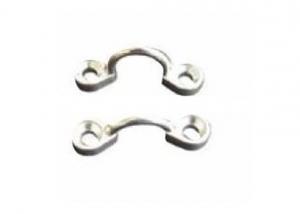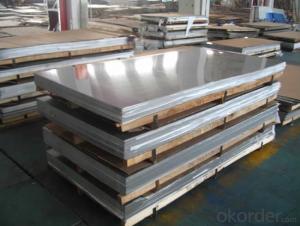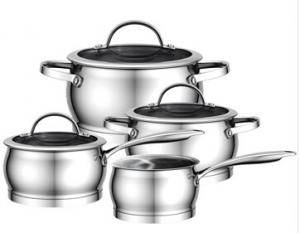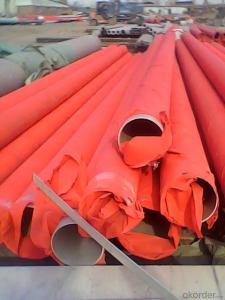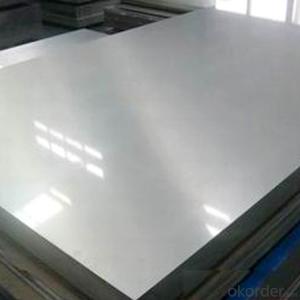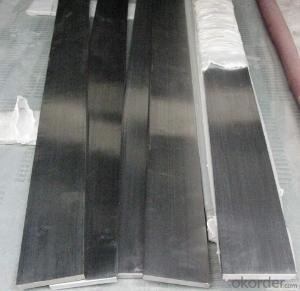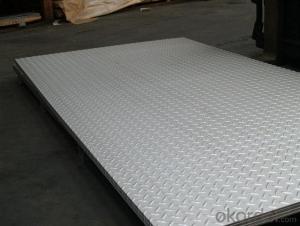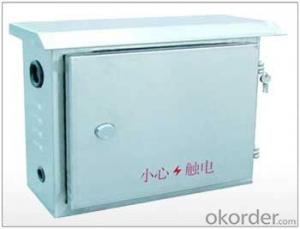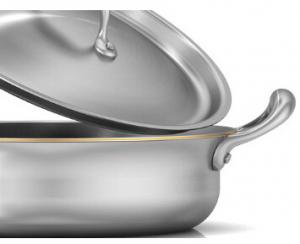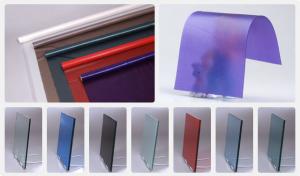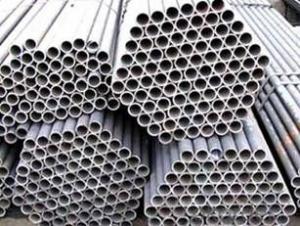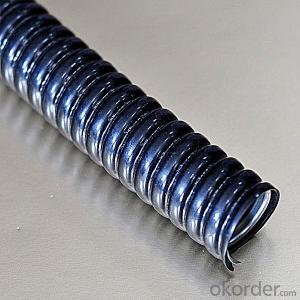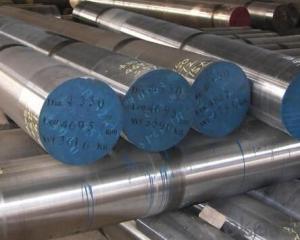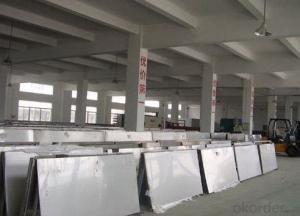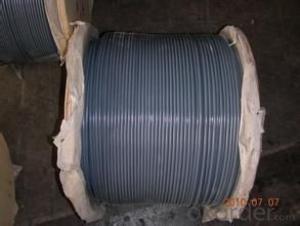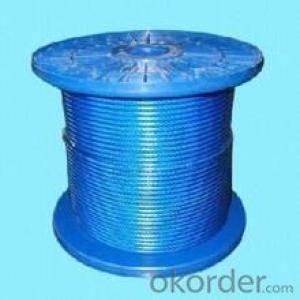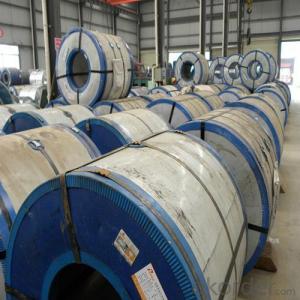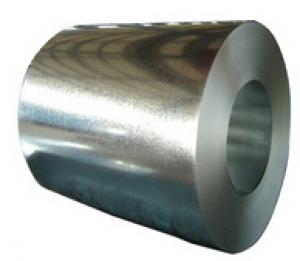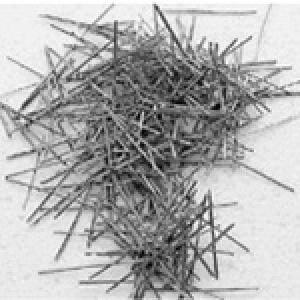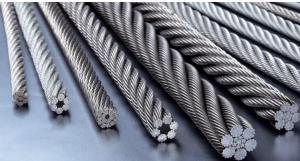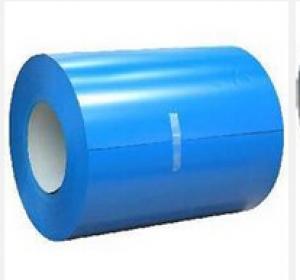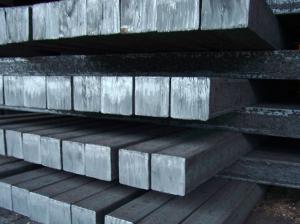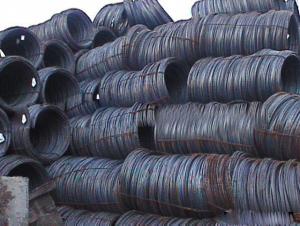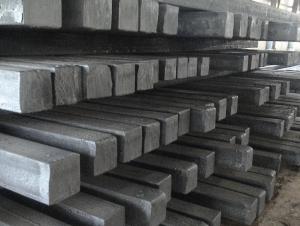Pvd Stainless Steel
Pvd Stainless Steel Related Searches
Pcm Stainless Steel Drill Stainless Steel Passivated Stainless Steel Stainless Steel Dildo Blender Stainless Steel Powder Coating Stainless Steel Painted Stainless Steel Liquid Stainless Steel Stainless Steel Hardware Stainless Steel Pressure Vessel Stainless Steel Stainless Peeler Stainless Steel Pipe Stainless 3d Printed Stainless Steel Powder Coat Stainless Steel Stainless Steel Disc Food Grade Stainless Steel Stainless Steel Ap 3d Printing Stainless Steel Colored Stainless Steel Stainless Steel Door Stainless Steel Plates Vinegar Stainless Steel Kitchen Stainless Steel Stainless Steel Pads Stainless Steel Screen Ap Stainless Steel Stainless Steel Vat Kitchen Aid Stainless Steel Weld Stainless SteelPvd Stainless Steel Supplier & Manufacturer from China
Pvd Stainless Steel is a range of high-quality stainless steel products that are known for their durability, corrosion resistance, and aesthetic appeal. These products are manufactured using advanced technology and are designed to cater to various industries such as construction, automotive, and food processing. The unique properties of Pvd Stainless Steel make it an ideal choice for applications where strength, longevity, and a sleek finish are required.Pvd Stainless Steel is widely used in various scenarios, including architectural projects, kitchen equipment, and industrial machinery. Its ability to withstand harsh environments and maintain a polished appearance over time makes it a popular choice for both commercial and residential applications. The product's versatility allows it to be used in a multitude of ways, from decorative accents to functional components in various systems and structures.
Okorder.com is a leading wholesale supplier of Pvd Stainless Steel, boasting a vast inventory of this sought-after material. With a commitment to providing top-notch products and exceptional customer service, Okorder.com ensures that customers receive the best possible value for their investment. By offering a comprehensive selection of Pvd Stainless Steel products, Okorder.com caters to the diverse needs of businesses and individuals alike, making it a one-stop-shop for all stainless steel requirements.
Hot Products

